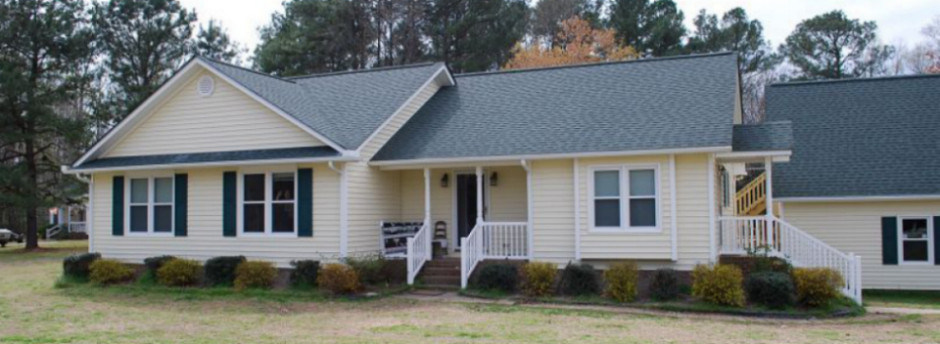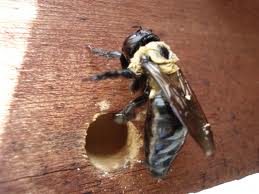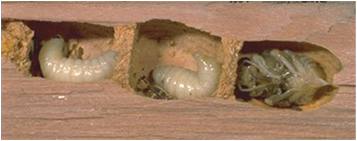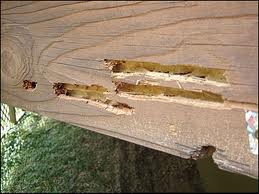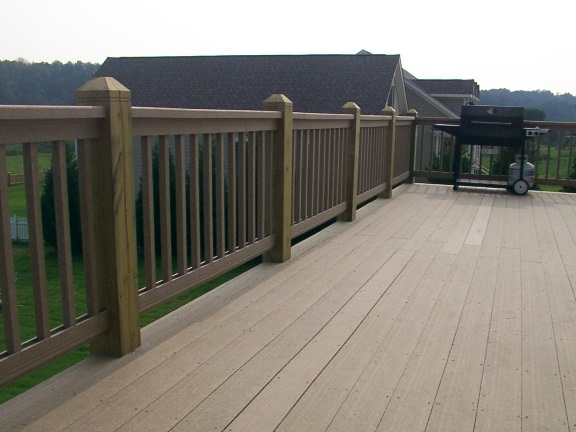Carpenter Bee
Carpenter bees are often seen hovering around the eaves of a house or the under side of porch or deck rails.
They are black with yellow markings on the head and abdomen and are often confused with bumblebees but differ in that the tail section is shiny and devoid of hairs. These fast flying bees are quiet acrobatic and sometimes seem aggressive because of their tendency to quickly fly up close to a person and hover with a side to side motion. Despite this sometimes aggressive seeming maneuver they pose little threat to people. The males do not have a stinger and the females are usually docile unless caught in the hand or otherwise directly provoked. Some ground nesting species may become territorial when eggs are in the nest. On the rare occasion when carpenter bees do sting it can be quite painful.
Although they are good pollinators, carpenter bees are considered a pest because of their habit of boring tunnels into the fascia and trim boards of homes. They prefer some sort of over hang but will sometimes bore directly into the exposed face of a board. Round half-inch diameter entrance holes usually found on the underside of infested boards lead to what can become an extensive tunnel system. Tell-tell signs of recent activity are small patches of fresh sawdust directly under the tunnel openings and excrement stains on walls or posts adjacent to the openings.
Left untreated the tunnels are extended each year to serve as a nursery for young carpenter bees and a place to hibernate over the winter months. In addition to the damage done by relentless tunneling of carpenter bees, the
larvae are a favorite of woodpeckers, which will attack infested boards and riddle the surface with holes to get at the larvae.
Painted wood is slightly less desired than unpainted but in no way immune from the persistent tunneling. Diligently sealing the openings with wood putty or caulk and frequent painting will minimize the damage. Traps that lure carpenter bees into glass or plastic containers where they die of dehydration are effective in controlling the population if properly installed in optimal locations.
